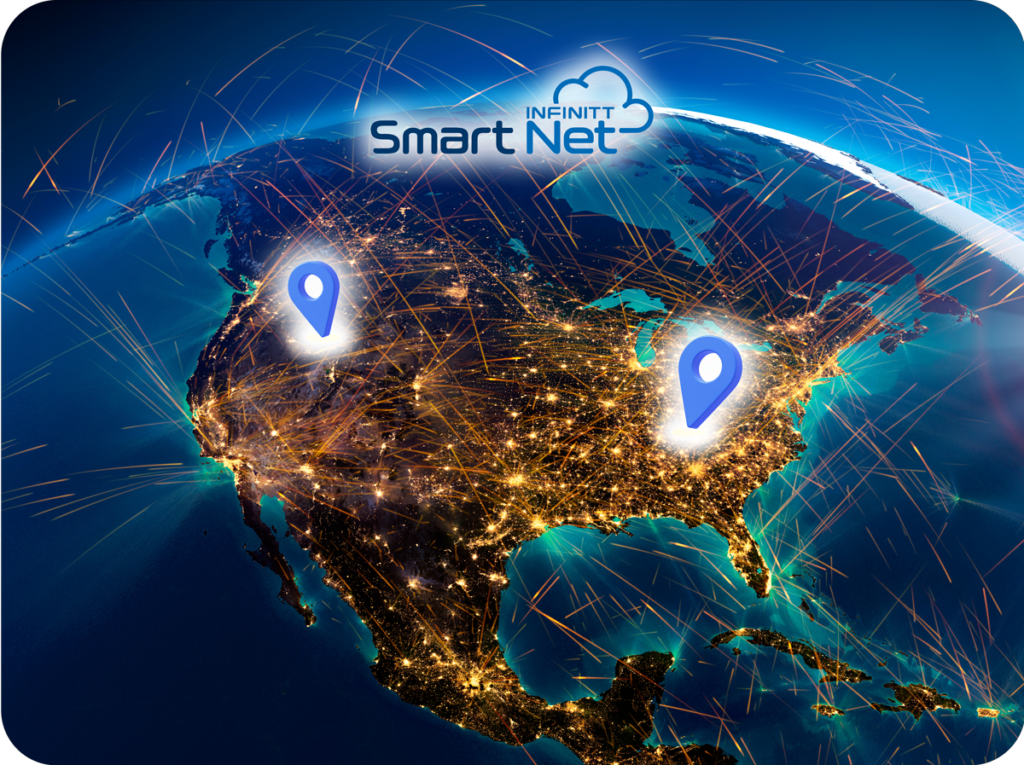Popular Search Terms
Your multi-region medical data network is now ready for operation. The system provides:
- High-speed access to all connected clinical systems
- Real-time data synchronization across locations
- Load-balanced connections for optimal performance
- Automatic failover protection
- End-to-end encryption and data protection
- Comprehensive audit logging and access tracking
- 24/7 system monitoring and alerting
Healthcare providers can now access patient data and clinical systems from any connected location, enabling faster diagnosis and treatment decisions while maintaining the highest standards of security and reliability.




